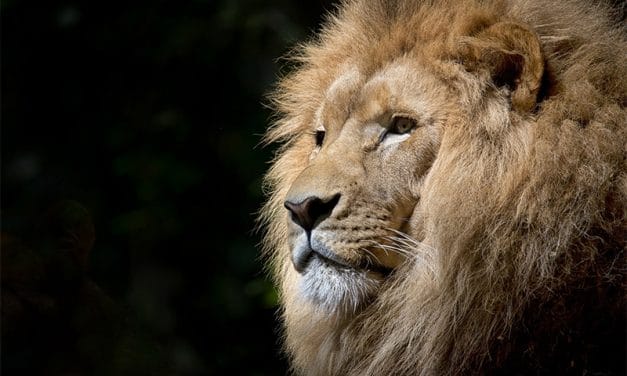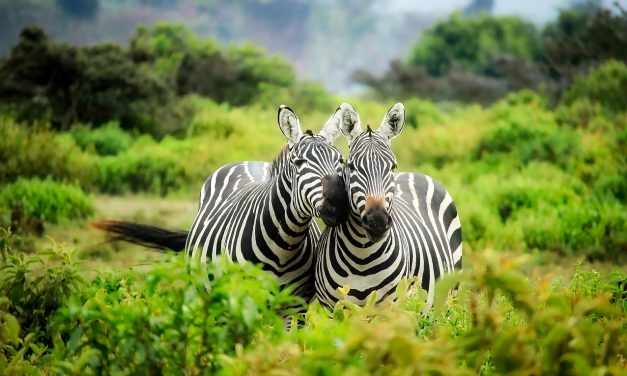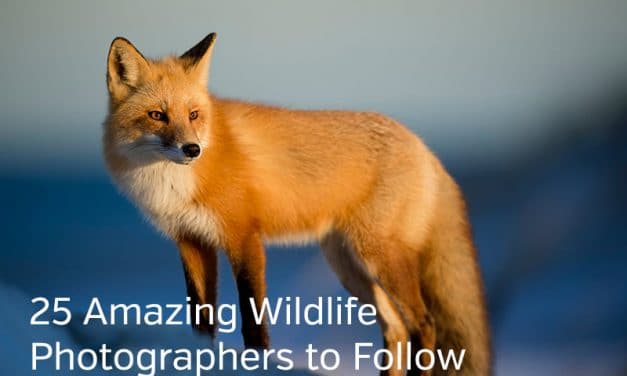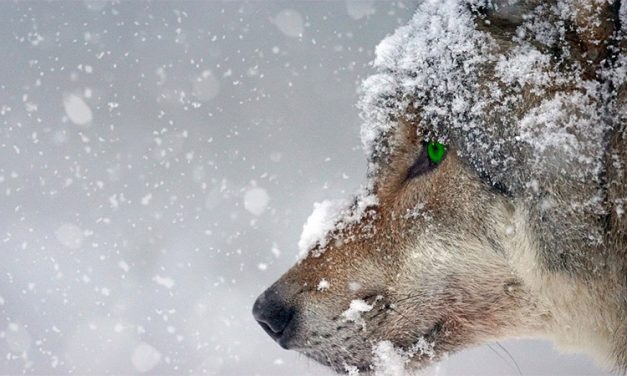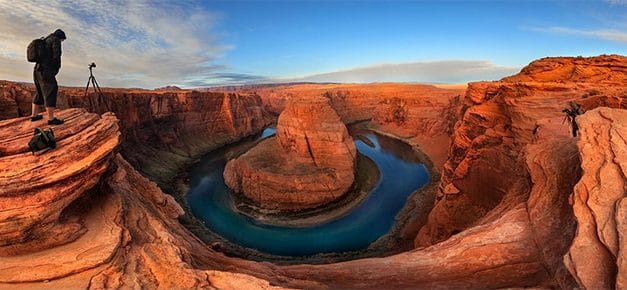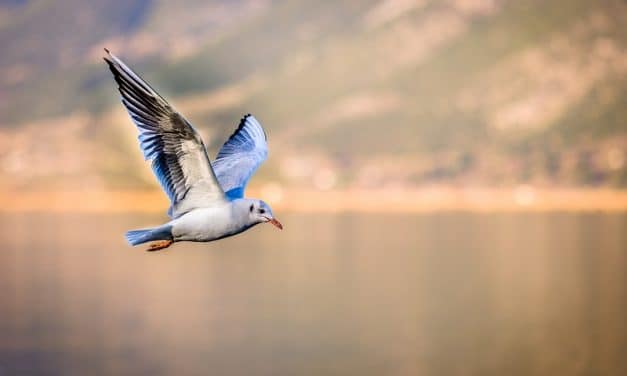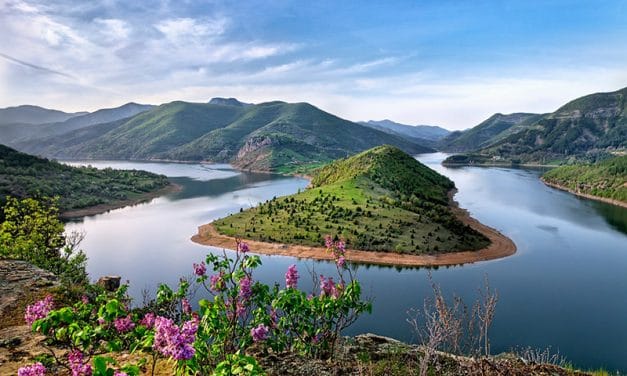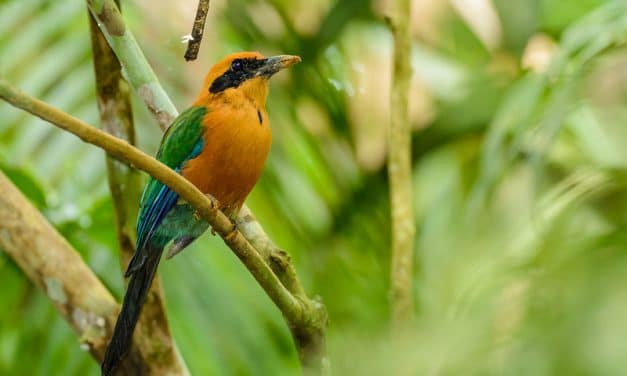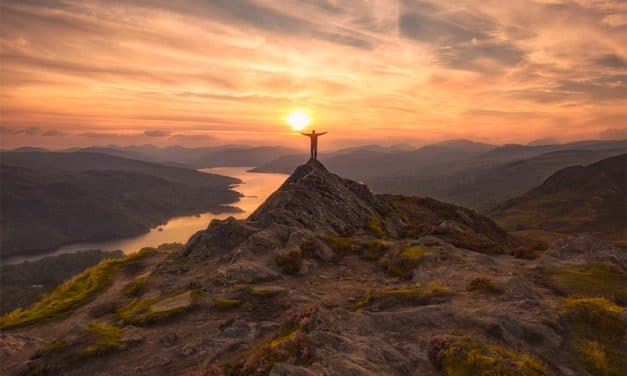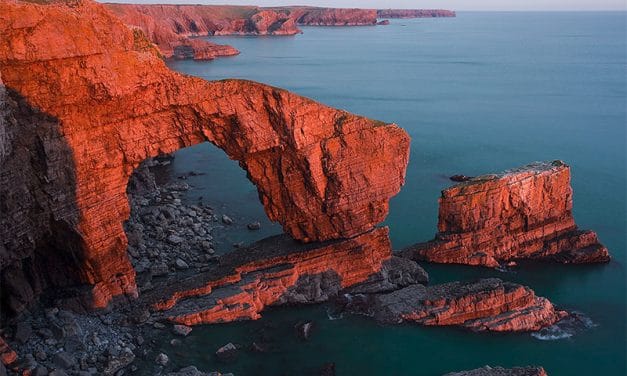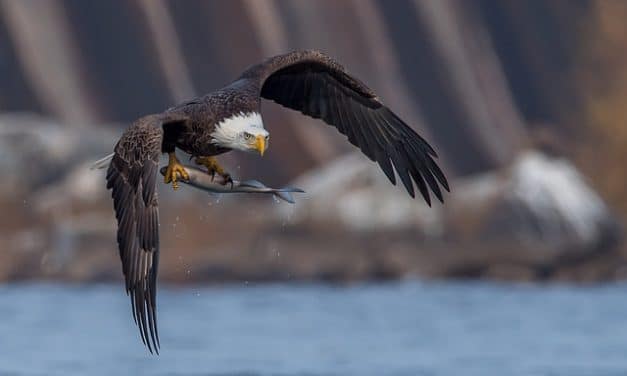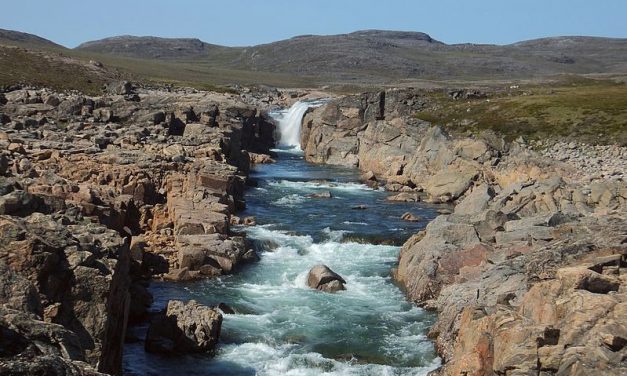9 Tips for Better Zoo Photographs
One of the biggest challenges of photographing wildlife is simply finding the wildlife. Wild animals generally try to avoid humans, so that means that you might need to work and plan ahead in order to find what you’re looking for. While animals at the zoo don’t really count as wildlife, you can still find many of the same animals that you might be chasing in the wild.
Read More
